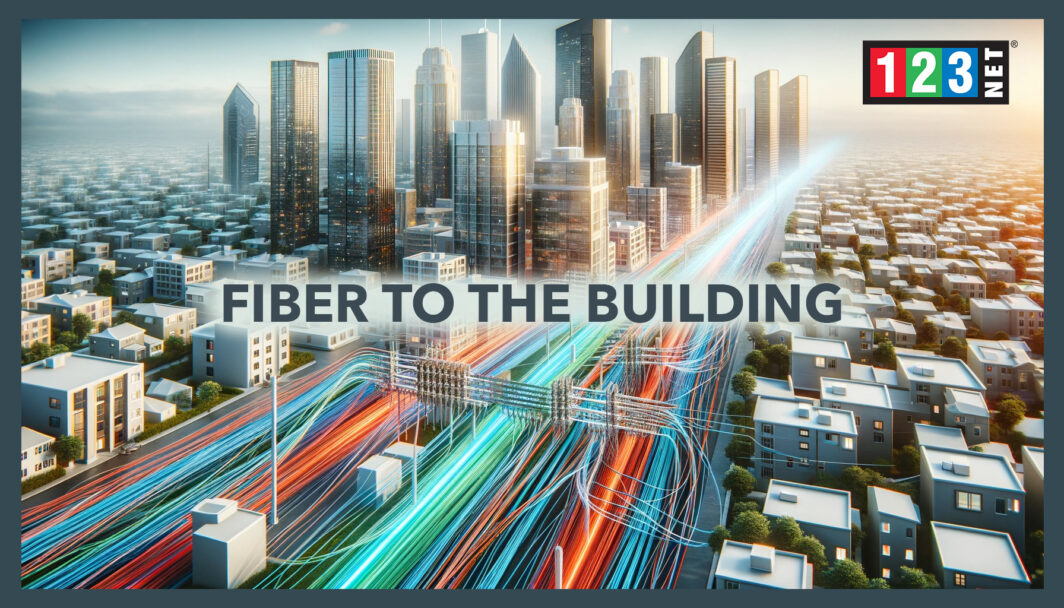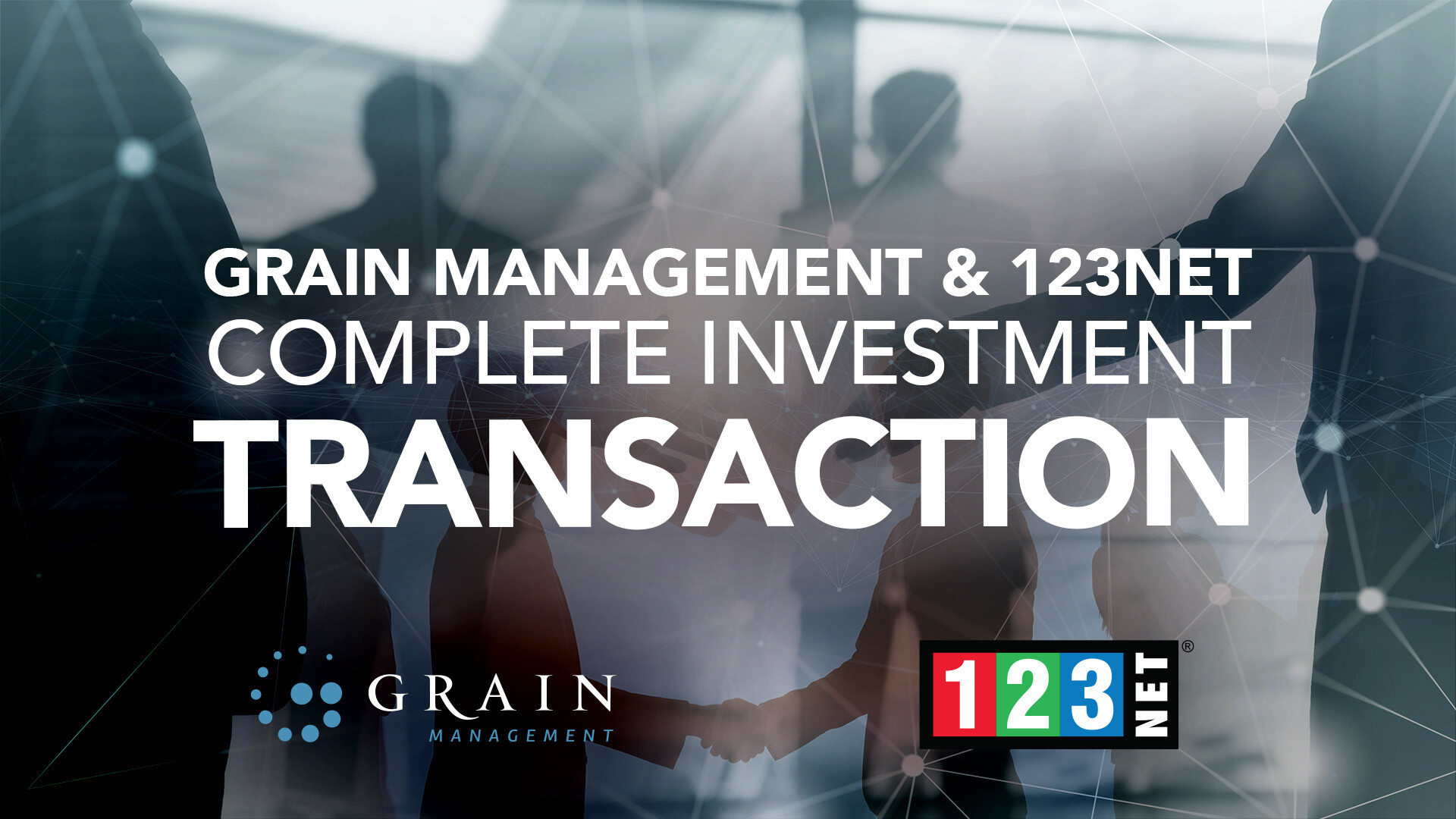
Introduction
In the realm of modern telecommunications, ‘fiber to the building’ (FTTB) has emerged as a pivotal technology. This term refers to the installation and use of optical fiber directly to individual buildings such as residences, apartment buildings, and businesses. In this comprehensive guide, it will explain the benefits, installation processes, and its impact on building infrastructure and real estate value. As we navigate through the nuances of FTTB, we will explore how this technology is revolutionizing broadband connectivity.
The Evolution of Fiber Optics in Building Infrastructure
The evolution of fiber optics in building infrastructure is a vivid narrative of technological progression and adaptation. The journey began with copper wires, which were the backbone of telecommunications for decades. However, as the world entered the digital age, the limitations of copper wires became evident. The need for higher bandwidth and faster internet speeds catalyzed the development of fiber optic technology.
Speed of Light
Optical fiber revolutionized the concept of data transmission. Constructed from glass or plastic, these fibers transmit data using light, a technique vastly more efficient. This technological progress allows data transmission at light speed, greatly boosting internet speeds and bandwidth.
Data Transmission
The transition to fiber optics marked a paradigm shift in data transmission, meeting the growing needs of modern internet users for high-speed, reliable access across diverse applications like web browsing, HD streaming, gaming, and large data transfers.
Reliable and Stable
As fiber optic technology became more accessible and cost-effective, it started replacing copper wires in building infrastructures. This change marked a significant step forward in how buildings were wired for internet access. It not only provided faster internet speeds but also allowed for a more reliable and stable connection, a necessity in the modern digital era.
Key Benefits of Fiber to the Building
Fiber to the building (FTTB) offers an array of benefits that significantly enhance the internet experience for both individuals and businesses. One of the most prominent advantages is the provision of high-speed internet. With the capability to provide gigabit speeds, FTTB transforms internet usage from mere browsing to a gateway for advanced digital solutions.
Productivity
For businesses, FTTB means a leap in productivity and efficiency. High-speed internet enables faster access to cloud services, improved telecommunication capabilities, and efficient handling of large data transfers. Businesses can leverage these capabilities to improve their operations, offer better services, and stay competitive in the digital marketplace.
Enhanced Communication Experiences
Residents benefit immensely from FTTB through enhanced entertainment and communication experiences. High-speed internet facilitates seamless streaming, gaming, and video conferencing, transforming the way individuals interact, work, and entertain themselves at home. In today’s digitally-driven world, this level of connectivity is essential for daily life.
Reliability
Another key benefit of FTTB is its reliability. Fiber optic cables are less prone to interference and degradation compared to traditional copper cables. This reliability is crucial for ensuring consistent and uninterrupted internet service, a necessity for both residential and business users. Internet service providers (ISPs) can leverage this reliability to offer superior service quality, enhancing customer satisfaction and loyalty.
Secure
Additionally, FTTB is more secure than traditional copper-based networks. Fiber optic cables, more resistant to tapping and external interference, offer greater security for transmitting sensitive data. This aspect of FTTB is particularly important for businesses and individuals concerned with data security and privacy.
The environmental impact of FTTB is another benefit worth noting. Fiber optic cables are more energy-efficient than copper cables, reducing the overall carbon footprint of internet infrastructure. This efficiency is increasingly important as the world moves towards more sustainable and environmentally friendly technologies.
Understanding the Fiber to the Building Technology
Fiber to the building technology is centered around the use of fiber optic cables to provide broadband connectivity directly to buildings. This technology represents a significant advancement over traditional copper cable systems, primarily due to its use of light for data transmission, which allows for significantly higher bandwidth and speed.
At the heart of FTTB technology are the fiber optic cables themselves. These cables are made from extremely thin strands of glass or plastic, known as optical fibers. Each fiber transmits data as light signals, enabling high-speed transmission of large data volumes, greatly surpassing copper wires’ capabilities.
The technology behind FTTB is not limited to the cables. It encompasses a comprehensive network infrastructure, including a range of equipment and technologies required to effectively deliver these high-speed services. This involves optical transceivers for signal conversion, distribution frames for managing fiber connections, and optical network terminals (ONTs) or units (ONUs) for connecting end-user devices.
Installation Process and Considerations
The installation of fiber to the building (FTTB) is a complex and detailed process that requires careful planning and execution. It usually starts with a detailed feasibility study to identify the optimal cable route and potential installation challenges.
Once the feasibility study is complete, the actual installation process begins. This involves laying the fiber optic cables either underground or overhead, depending on the specific requirements and constraints of the location. The choice between underground and overhead installation is often influenced by factors such as the existing infrastructure, the geographical and environmental conditions, and the cost implications of each approach.
Underground installation involves trenching or drilling to lay the fiber optic cables below the ground. This method is often preferred in urban areas where overhead cables may not be feasible or desirable. However, underground installation can be more expensive and time-consuming, as it requires excavation and can be impacted by factors such as soil conditions and the presence of other underground utilities.
Overhead installation, on the other hand, involves stringing the fiber optic cables along existing utility poles or installing new poles where necessary. This method is generally faster and less expensive than underground installation but may not be suitable in all locations, particularly in densely populated urban areas or areas with aesthetic or zoning restrictions.
Challenges and Solutions in Fiber Optic Installation
Despite the numerous benefits of fiber to the building (FTTB), the installation of fiber optic cables in buildings presents several challenges. One of the primary challenges is the physical installation process itself, which can be disruptive and costly, particularly in existing buildings where retrofitting may be required.
Construction Disruption
The disruption caused by the installation process can be a significant issue, especially in occupied buildings where tenants or residents may be inconvenienced by the construction work. This can include noise, dust, and temporary loss of access to certain areas of the building. To mitigate these challenges, careful planning and coordination are required to minimize the impact on building occupants. This may involve scheduling work during off-peak hours or in phases to limit the disruption to specific areas of the building.
Compatibility
Another challenge is ensuring compatibility with existing infrastructure. In many older buildings, the existing wiring and network infrastructure may not be suitable for fiber optic installation, requiring significant upgrades or modifications. This can increase the complexity and cost of the installation process. To address this challenge, solutions such as micro-trenching or the use of existing conduits can be employed to minimize the need for extensive construction work.
Cost of Installation
The cost of installation is also a significant challenge, particularly for smaller buildings or those in remote locations where the return on investment may be lower. In such cases, creative financing solutions or partnerships with internet service providers may be necessary to make the installation feasible.
Skills and Equipment
Additionally, there are technical challenges associated with fiber optic installation, such as the need for specialized skills and equipment. Installing and splicing fiber optic cables demands precision and expertise, as errors can greatly affect network quality and reliability. To address these challenges, collaborating with skilled and knowledgeable contractors and technicians is crucial for a successful installation.
Regulations
Finally, there are regulatory and compliance challenges to consider. Fiber optic cable installation must adhere to various local, state, and federal regulations, such as zoning laws, building codes, and safety standards. Navigating these regulatory requirements can be complex and time-consuming, requiring a thorough understanding of the relevant laws and regulations.
Fiber to the Building: Impact on Real Estate Value
The integration of fiber to the building technology significantly impacts real estate value. Properties with fiber optic internet are becoming more attractive to tenants and buyers who consider high-speed internet essential. This tenant attraction translates into higher property values and can be a key differentiator in competitive real estate markets. In property development, fiber optics integration is transitioning from a luxury to a standard, highlighting digital connectivity’s increasing importance in modern living.
Future Trends in Fiber Optics and Building Connectivity
The future of fiber optics in building connectivity is bright and full of potential. As we advance, we can expect to see even greater speeds and more innovative uses of this technology. Future efforts will integrate fiber optics with IoT, smart buildings, and advanced networks, turning buildings into high-speed digital hubs.
FAQs: Fiber to the Building
- What is the difference between fiber to the building and fiber to the home? A: Fiber to the building refers to installing fiber optic cables up to a building, which is then distributed internally, while fiber to the home involves individual fiber optic connections to each unit within the building.
- How does fiber to the building improve internet speed? A: Fiber optic cables transmit data using light, which allows for much faster data speeds compared to traditional copper cables.
- Is fiber to the building expensive to install? A: The initial installation can be costly, but the long-term benefits and savings in maintenance often outweigh these initial expenses.
Conclusion
In conclusion, fiber to the building is more than just a technological upgrade; it’s a transformation in how we connect and interact in our digital world. From enhancing broadband connectivity to boosting real estate value, the implications of this technology are vast and far-reaching. As we continue to embrace digitalization in every aspect of our lives, the role of fiber optic technology in infrastructure becomes increasingly pivotal. This guide has shed light on the many facets, highlighting its significance in the modern digital landscape.




